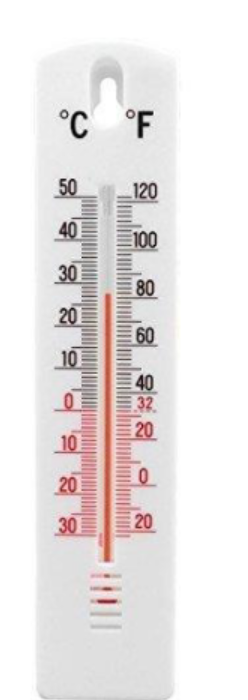Psychology Statistics Chapter 1
1/28
There's no tags or description
Looks like no tags are added yet.
Name | Mastery | Learn | Test | Matching | Spaced |
|---|
No study sessions yet.
29 Terms
Statistics
A set of mathematical procedures for organizing, summarizing, and interpreting
information
Population (N)
the set of all the possible individuals in a particular study
Sample (n)
set of individuals selected from the population, usually intended to represent
the population in a research study
Variable
a characteristic or condition that changes or has different values for different
individuals. In statistics, they are usually identified by the letters X and Y
Data (Plural)
measurements or observations of a variable
Data set
a collection of measurements or observations
Score (Raw Score)
a single measurement or observation
Parameter
a numerical value that describes the population
Sample statistic
a numerical value that describes the sample
Descriptive statistics
procedures used to summarize, organize, and simplify data
Inferential Statistics
techniques that allow us to make generalizations about the populations from which the data was collected
sampling error
the amount of error that exists between a sample statistic and the
corresponding population parameter
Constructs
internal attributes or characteristics that cannot be directly observed (e.g.,
intelligence)
Operational definition
identifies the set of operations for measuring a behavior. Uses the resulting measurements as both a definition and a measurement of a construct
procedure for measuring external behavior wherein the resulting measurements measure a hypothetical construct
Categorial/Discrete variables
Cannot be divided infinitely. No values can exist between two neighboring categories. Numbers may be used the categories as a “label/code”
ex: 1 for men, 2 for women, 3 for non-binary
Continious Variables
Infinitely divisible variables, numbers on a number line
ie: height in inches, iron in blood in ml, hours slept in a day
Binary Scales
• Classifies a variable into categories/groups with ONLY two possibilities
• No numerical or quantitative properties
example: alive/dead, pregnancy
Nominal Scales
• Classifies a variable into categories/groups with more than two
possibilities
• Set of categories that have different names, cannot be ranked
ie: eye color, political orientaion, gender, year
Ordinal Scale
• Allows variable levels to be rank ordered
• There are no values attached to the intervals, so you cannot determine the magnitude of the differences between them
Set of categories that are organized in an ordered sequence

Interval Scale
• Difference between the numbers is meaningful and can be ranked
• Intervals are equal in size
• Quantitative value, but no meaningful zero reference point
Set of rank ordered categories that are all intervals of exactly the same size

Ratio Scale
Quantitative with all numerical properties including an absolute zero reference point
set of order, equal categories wherein a zero score indicates none of the variable being measured, allowing meaningful ratio

Correlational method
observing two different variables to determine whether there is a relationship between them within a single group of people
The experimental method
manipulating one variable (IV) while another variable (DV) is observed and measured
Control group
individuals do not receive the experimental treatment → they either receive no treatment or a placebo treatment. The purpose of this
is to provide baseline data for comparison with the experimental group
Experimental group
individuals receive the experimental treatment (a
drug, a therapy, a method of teaching, etc)
Confounding variable
variables not controlled in an experiment that might provide
more than one explanation for the results
Non experimental method
still compares two groups of scores on a dependent
variable, but one variable is unable to be manipulated or randomly assigned (quasi-independent variable)
∑X
a statistical notation meaning “the sum of scores” → requiring you to sum all the X values
Real limits
Boundaries of intervals for scores that are represented on a continious number line. This seperates two adjacent scores is located halfway between 2 scores (ie: 7.5-8-8.5)